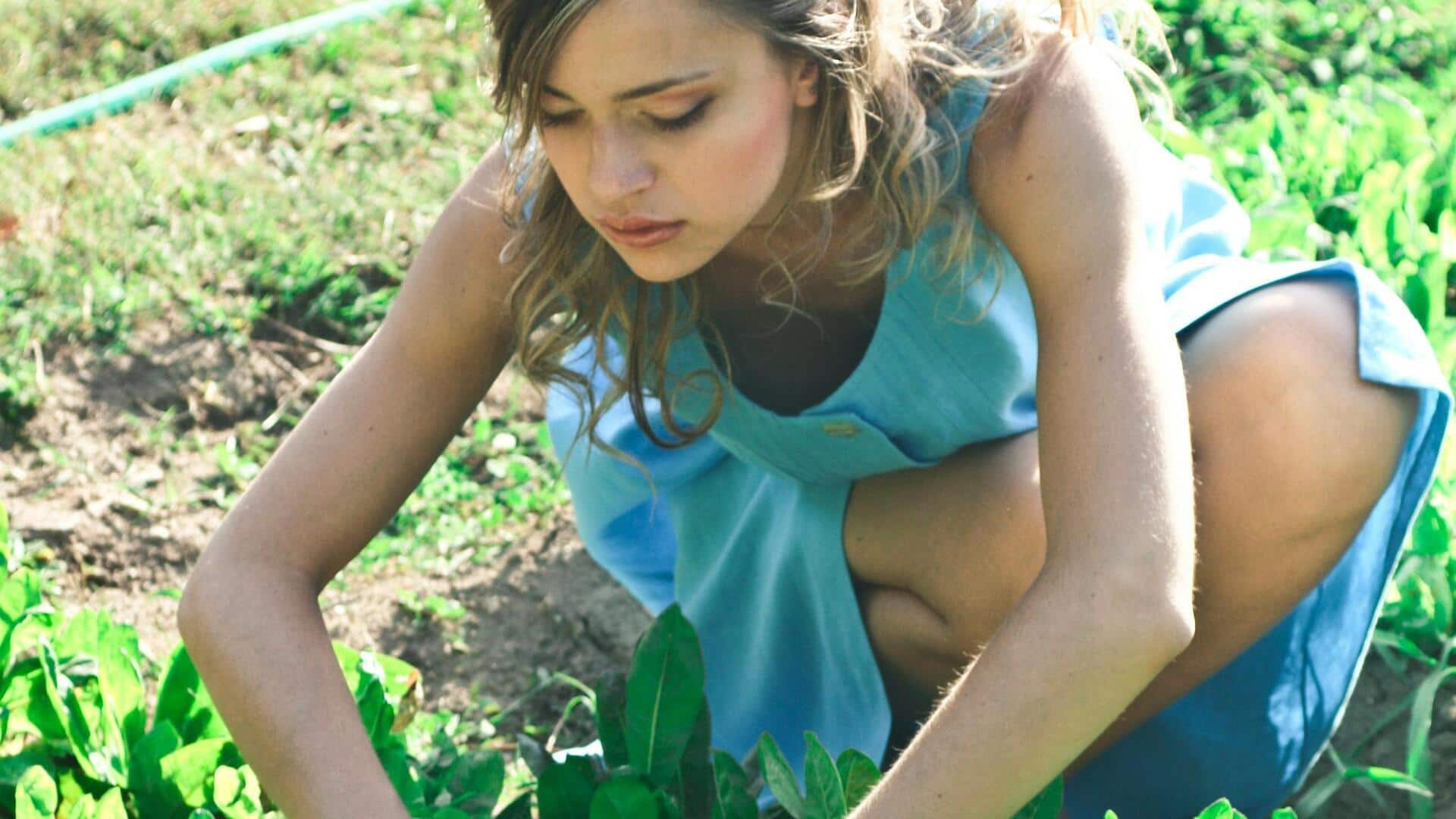
Urban foraging: Discover nature's hidden bounty in the city
What's the story
Urban foraging is a great way to connect with nature, even if you live in a city. It involves finding edible plants and fruits in public spaces, such as parks and sidewalks. Not only is this practice sustainable, but it also encourages you to explore your surroundings more closely. By learning about local flora, you can enjoy fresh produce while reducing your carbon footprint.
#1
Understanding local flora
To be a successful urban forager, you must know the plants that grow in your area. Research local edible species and their growing seasons. Join community groups or attend workshops to learn from experienced foragers. Knowing which plants are safe to eat will keep you healthy and make your foraging trips more rewarding.
#2
Identifying safe edible plants
Safety is the key when it comes to urban foraging. Always make sure that the plant you are picking is correctly identified before eating it. Use field guides or plant identification apps to double-check your finds. If you are unsure about a particular plant's edibility, it is best to not consume it at all.
#3
Sustainable foraging practices
Urban foraging should be done sustainably so that ecosystems remain intact. Harvest only what you need, and leave enough for wildlife and plant regeneration. Avoid over-picking from the same area to prevent depleting resources. Respect public spaces by not damaging plants or leaving litter behind.
#4
Navigating legal considerations
Before you head out on your urban foraging adventure, it's important to be aware of the local laws regarding foraging in public spaces. Some cities may have restrictions on picking plants from parks or private properties without permission. Always check local regulations to avoid legal issues and ensure responsible foraging practices. This knowledge helps you enjoy your foraging experience while respecting community guidelines and property rights.